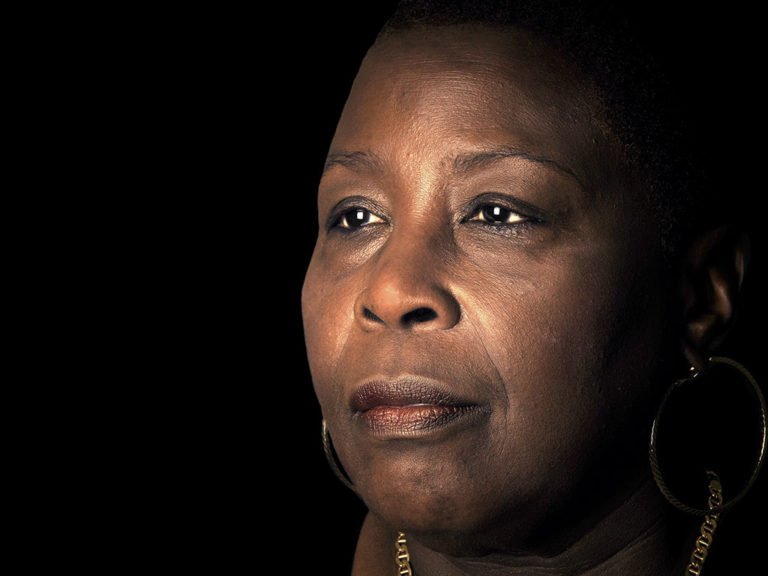Grieving is a highly individual experience; there’s no right or wrong way to grieve. How you grieve depends on many factors, including your personality and coping style, your life experience, your faith, and how significant the loss was to you.
Inevitably, the grieving process takes time. Healing happens gradually; it can’t be forced or hurried—and there is no “normal” timetable for grieving. Some people start to feel better in weeks or months. For others, the grieving process is measured in years. Whatever your grief experience, it’s important to be patient with yourself and allow the process to naturally unfold. From Melinda Smith, M.A., et al @ Help Guide:
Myths And Facts About Grief
1. The Pain Goes Away Faster If You Ignore It
Fact: Trying to ignore your pain or keep it from surfacing will only make it worse in the long run. For real healing, it is necessary to face your grief and actively deal with it.
2. It’s Important To “Be Strong” In The Face Of Loss
Fact: Feeling sad, frightened, or lonely is a normal reaction to loss. Crying doesn’t mean you are weak. You don’t need to “protect” your family or friends by putting on a brave front. Showing your true feelings can help them and you.
3. If You Don’t Cry, It means You Aren’t Sorry About The Loss
Fact: Crying is a normal response to sadness, but it’s not the only one. Those who don’t cry may feel the pain just as deeply as others. They may simply have other ways of showing it.
4. Grieving Should Last About A Year
Fact: There is no specific time frame for grieving. How long it takes differs from person to person.
5. Moving On With Your Life Means Forgetting About Your Loss
Fact: Moving on means you’ve accepted your loss—but that’s not the same as forgetting. You can move on with your life and keep the memory of someone or something you lost as an important part of you. In fact, as we move through life, these memories can become more and more integral to defining the people we are.
“Instead of a series of stages, we might also think of the grieving process as a roller coaster, full of ups and downs, highs and lows. Like many roller coasters, the ride tends to be rougher in the beginning, the lows may be deeper and longer. The difficult periods should become less intense and shorter as time goes by, but it takes time to work through a loss. Even years after a loss, especially at special events such as a family wedding or the birth of a child, we may still experience a strong sense of grief.”
Hospice Foundation of America





















